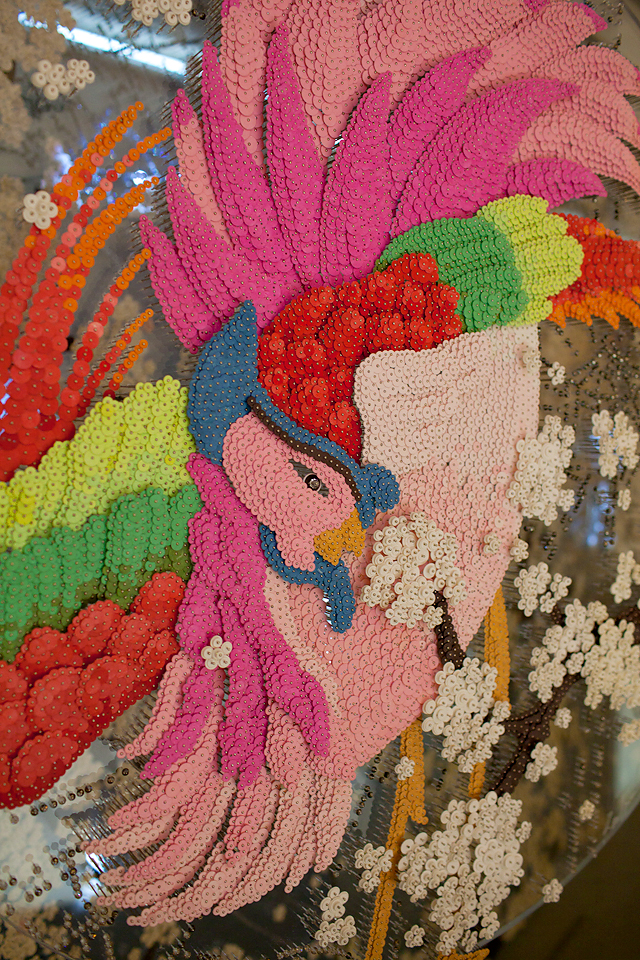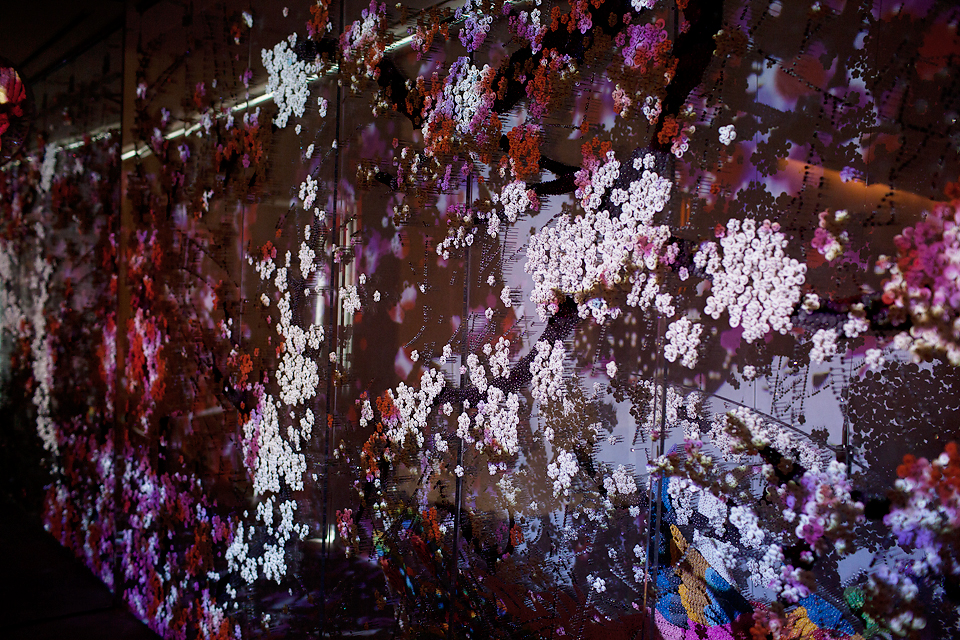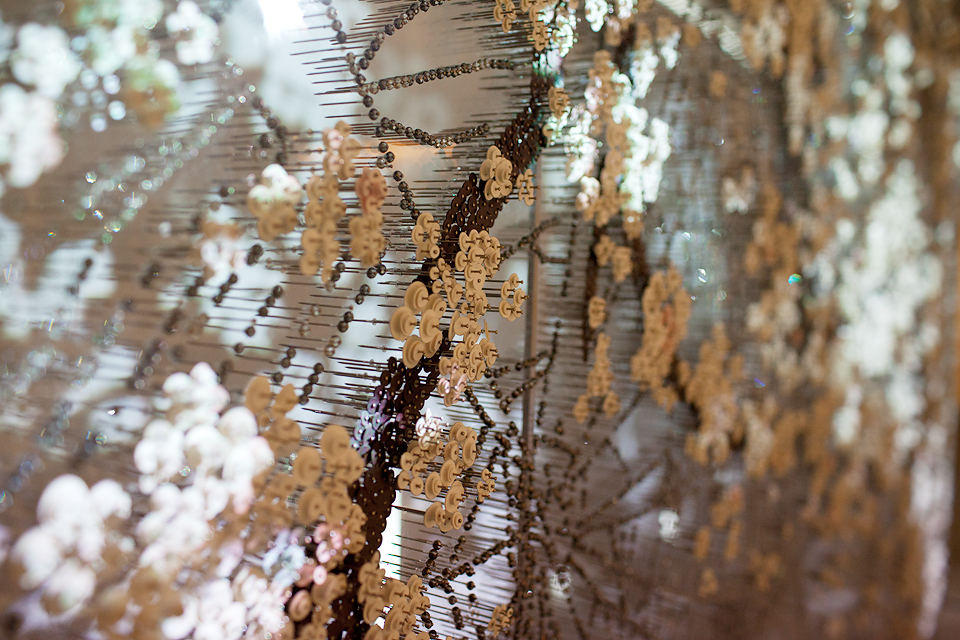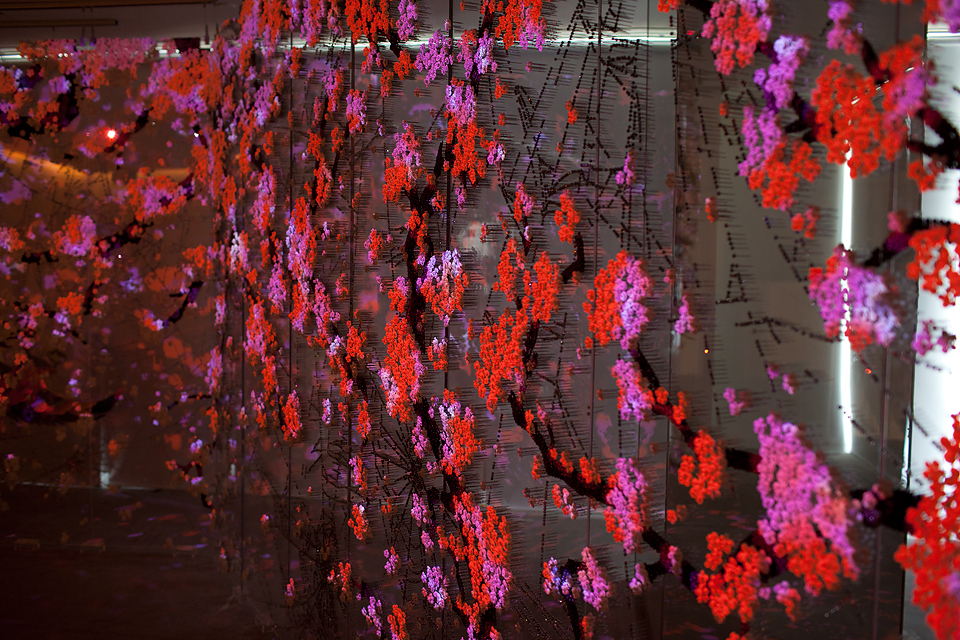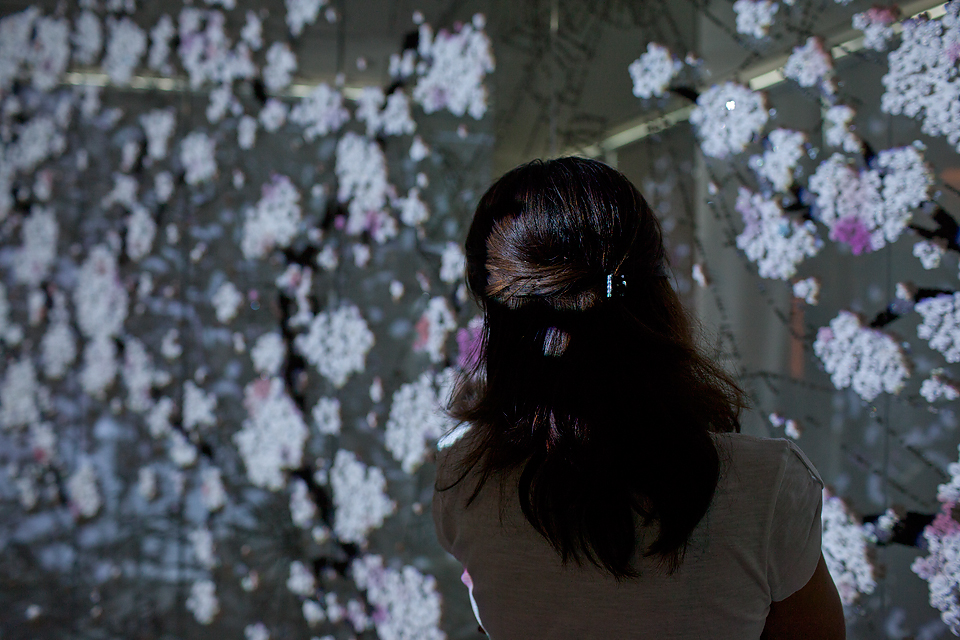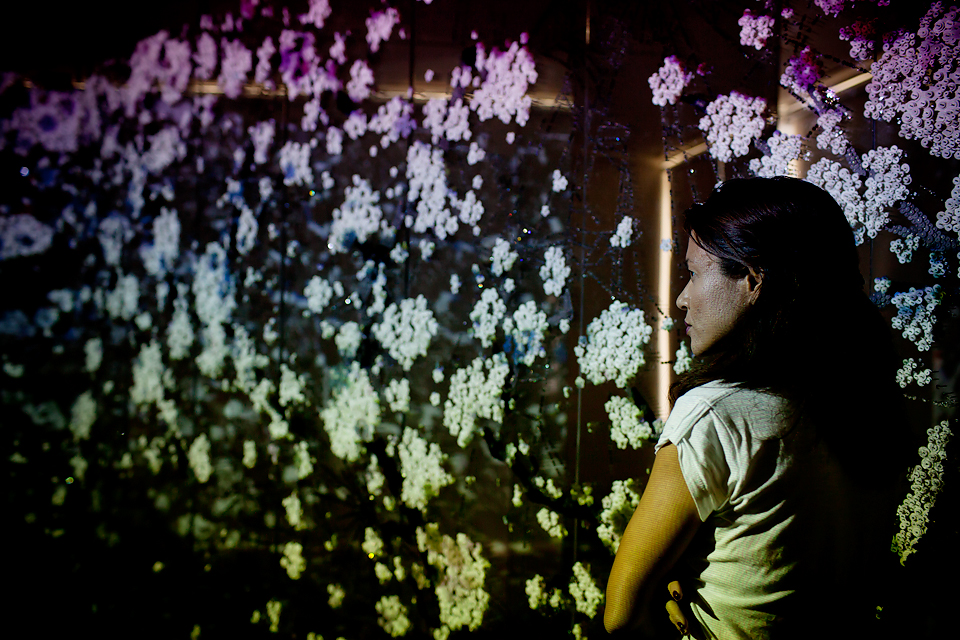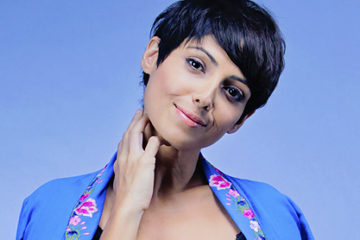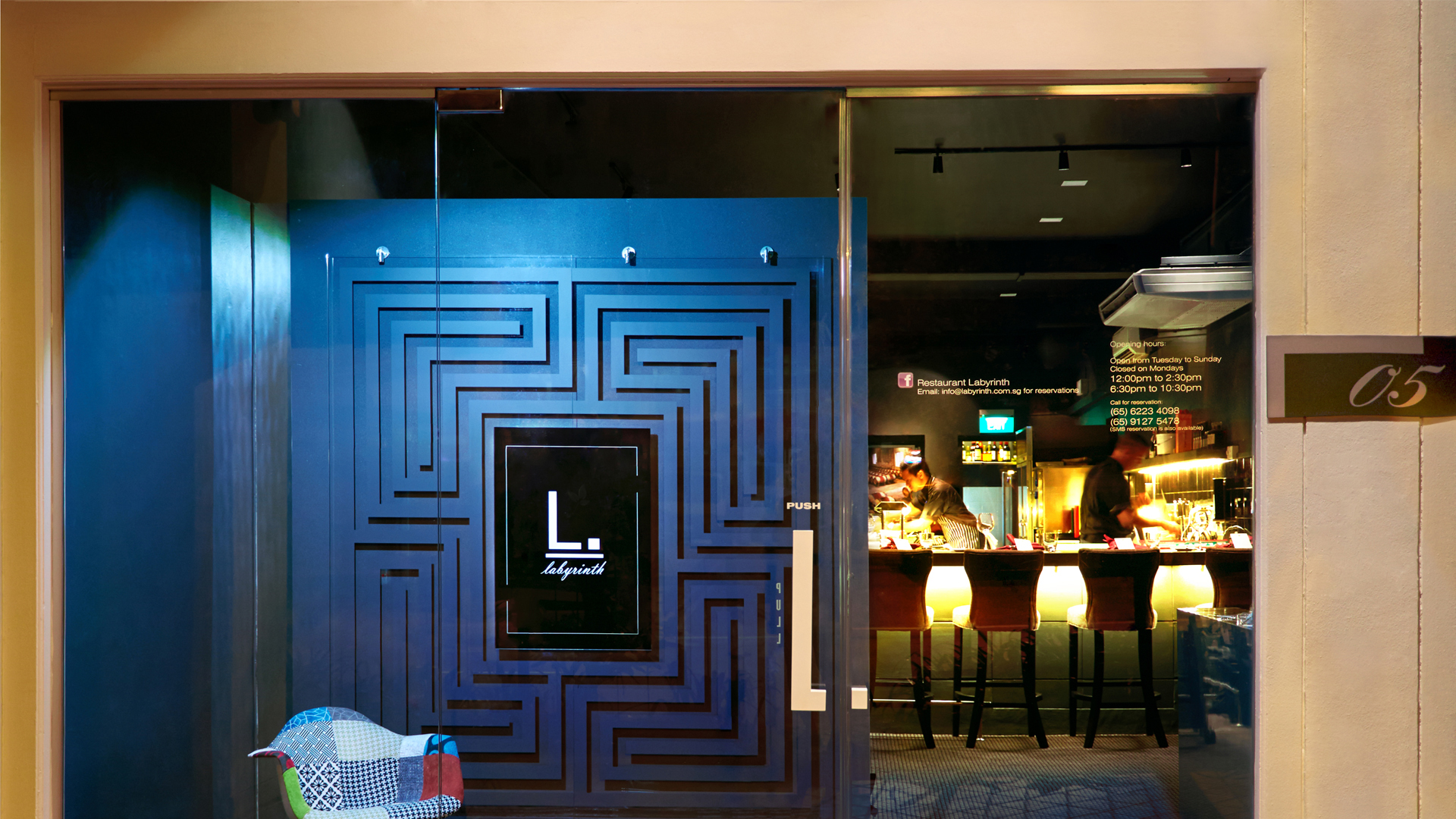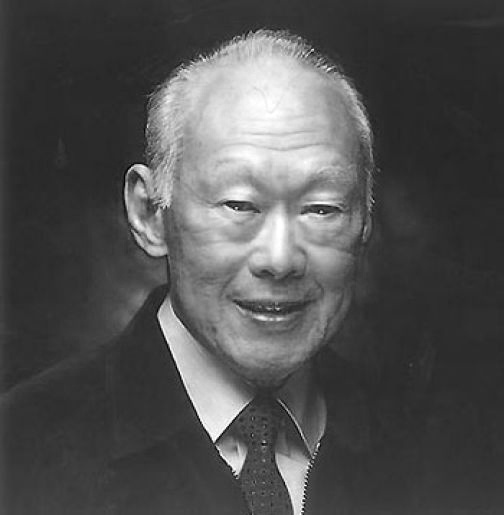The Phoenix and the Peony | Third Floor Hermés | Becoming Again by Ran Hwang
The Story of the Phoenix
“To rise from the ashes like a Phoenix…” The symbolism of a phoenix is one of strength and rewnewal – the excitment of new beginnings. Here in Asia this King of Birds dates back at least 7,000 years and is portrayed as being truly immortal. We love the symbolism of the phoenix at Straits Canopy .
In Singapore we exposed to the Chinese dragon, one of four magical creatures that helped create the world. Among the unicorn, the tortoise and the phoenix, the dragon is the most respected of them all. However, when paired with the phoenix, (its original name being Feng Huang) these two creatures are regarded as the most sacred and spiritual. Together they embody the symbol of the Emperor and Empress and represent both aspects of imperial power. Traditionally, the dragon is the yang (male and solar), while the phoenix is yin, (female and lunar). They make up the perfect combination between masculinity and femininity.
Serving as auspicious symbols, any sighting of a dragon or phoenix will bring prosperous times for the people. This is reflected in the Chinese saying: “When the dragon soars and the phoenix dances, the people will enjoy happiness for years, bringing peace and tranquility to all under heaven.”
Feng Huang represents not only female virtues such as beauty and charm, but also good luck, balance, peace and above all, eternal and harmonious love between a man and woman. (Have you ever noticed that traditional Chinese wedding dresses are often decorated with a picture of the phoenix?) Ladies, the dragon may be heaven sent, but even the old Chinese knew that behind every great man there stands a woman!
The physical appearance of the phoenix is said to typify the entire cosmos. Its eyes are the sun, the head is the sky, the back is the moon, the feet are the earth, the wings are the wind and the tail is the planets. (Who wouldn’t love a celestial body like that?) Traditionally it also represents five virtues; “Its color delights the eye, its comb expresses righteousness, its tongue utters sincerity, its voice chants melody, its ear enjoys music, its heart conforms to regulations, its breast contains the treasures of literature, and its spurs are powerful against transgressors” (from an ancient ritual)
The Peony
The King of Flowers, the exquisite peony, is a symbol for nobility and female reproduction. In Chinese culture the phoenix and peony symbolize ultimate happiness and richness and combining the two is the most common motif in Peranakan design. (Have you had a closer look at your Straits Canopy Ultimate Tote yet?) We like to think that the phoenix and peony represent the history of the hard working, adventerous Straits Chinese, whose perseverance and mixed marriages would herald great influence in Singapore. They were ordinary people who came together to create a beautiful culture and appreciation for beauty of their own.
Third Floor Hermés “Becoming Again” by Ran Hwang
Someone who manages to find beauty in the most ordinary is Korean artist Ran Hwang, who is now exhibiting here in Singapore. She is well-known for creating wall installations with materials from the fashion industry such as thread, buttons and pins. To her, the buttons and beads represent the trivial ordinariness of humans; pins being points of connection, and threads the communicative link. Her art may sound simple because of the everyday, characterless objects she uses, but by using them in an unconventional way, the ordinary is transformed into extraordinary and yes…renewed.
With great patience Hwang appreciates the role that an individual [pin] will play, in contributing to the whole. This laborious, but also highly meditative process results in the most intricate and complex images, that will easily leave you breathtaken. Her installation “Becoming again” is a tranquil landscape of peonies and phoenixes that reflects the cyclical passage of time. Well worth a visit when you are next on Orchard road – it would be shame to miss something so beautiful.
“I create monumental iconic imagery using materials from the fashion industry. I hammer thousands of pins into wooden panels like a monk who, facing the wall, loses himself in a deep concentration.”-Ran Hwang
Ran Hwang, Becoming Again, is showing at Third Floor, Hermés, 541 Orchard Road until January 31st 2015
